Geta Brătescu
In the beginning, there was the drawing
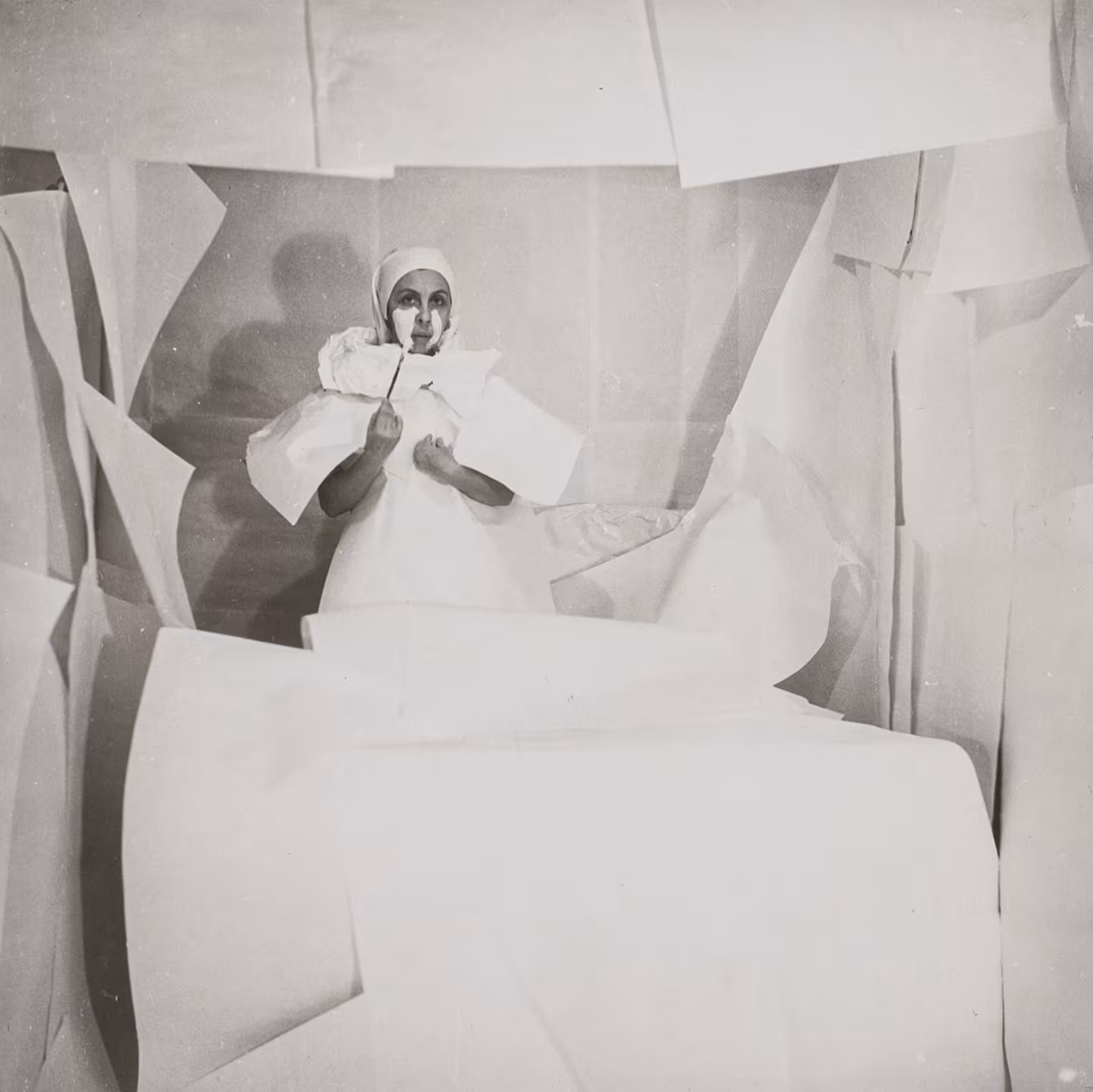
Geta Brătescu, Towards White, 1975 (detail); action in 9 photographed sequences (b/w photographs by Mihai Brătescu); Collection of MNAC Bucharest
In the beginning, there was the drawing
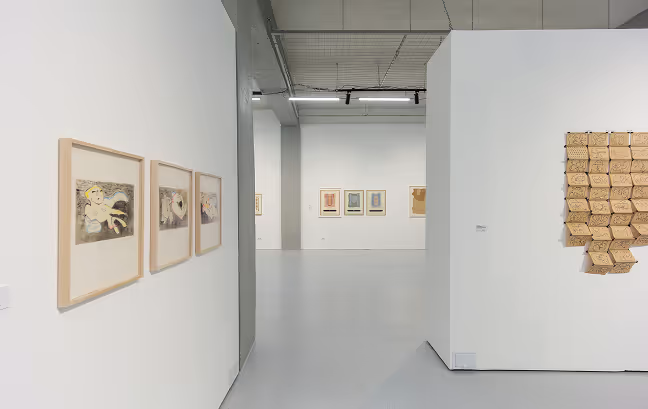
With a career spanning more than seven decades, Geta Brătescu (1926, Ploiești – 2018, Bucharest) established herself as one of the most important voices on the Romanian contemporary art scene, leaving behind a body of work which is as rich as it is conceptually complex. She studied literature and visual arts under the guidance of professors George Călinescu and Camil Ressu respectively, both influential figures in the development of her artistic practice, be it her literary activity or her work as an illustrator and graphic designer, or her continued experimentation in various media: from drawing to multiples, from tapestry, collage, and objects to performance, photography, and video. With the exception of tapestry, which she—almost programmatically—left behind (perceiving too great a distance between imagination, vision, and the moment of bringing the work to completion), the remainder of her tools have been kept alive, alongside a conceptual accuracy for the formation of her visual universe.
A backwards gaze—directed both toward her own self, and toward the cultural history that shaped her rich intellectual background—and one of Geta Brătescu’s most powerful statements, highlighting her artistic credo, “In the beginning, there was the drawing” provides a point of access to a body of work in which multiple working media are subject to the logic of experimentation, while drawing continuously retains the virtues of an ordering mental process, essentialised down to the line. The act of pre-figuration, through the mind’s ability to think in images, before letting the hand channel the formal expression that tends towards that ‘balance between suggestion and concept’, alongside the dynamic quality of drawing, in this particular sense, suggests the complexity of movement in the space of a truly living laboratory: the ‘mental studio’. For Geta Brătescu, fixed images become the ‘vehicles’ that guarantee the passage through this space, not far from what Aby Warburg formulated as ‘Bilderfahrzeuge’ [image-vehicles], living, open, and perpetually transforming instances of memory, whether individual or collective. The representation that acquires this status is the sometimes unexpected result of a process that no longer obeys a linear logic (in relation to history/chronology, or to the unmediated rendering of realities, etc.), but stems from a fertile, practically unlimited territory.
The exhibition ‘In the beginning, there was the drawing’ offers an insight into the universe of Geta Brătescu, guided by some of her central themes and explorations, in a selection that brings together a substantial body of work, created from the 1960s onwards, including drawings and collages from the last years of her career. Like the free play between memory and imagination that she used to evoke, this collage of fragments recomposes one of the possible renderings of her artistic identity—an inevitably incomplete portrait, but one that invites us to discover, step by step, one of the personalities who left a strong mark on Romanian contemporary art. And for whom drawing was at once a process, a form of writing, a state of being, a dance and sometimes a song (of the line), a (serious) game, the supreme mark of artistic expression and expressiveness, inextricably linked to a certain mobility of the spirit, never isolated, but part of a whole which was skillfully laid out by the artist in a free space.
Geta Brătescu
Biography
Geta Brătescu (1926–2018) was a pioneering Romanian artist whose practice spanned drawing, collage, printmaking, textiles, photography, film, and performance. Trained at the Bucharest Institute of Fine Arts, her career was shaped by the political constraints of communist Romania, which limited her public visibility but fueled her exploration of the studio as a private stage and creative sanctuary. Brătescu transformed modest materials into poetic works that reflected on memory, identity, femininity, and the condition of the artist.
Her iconic series, such as “Censored Self-Portrait” and textile collages, played with repetition, erasure, and the body as motif. She was deeply influenced by literature and mythology, weaving cultural references into subtle visual narratives. For decades she collaborated with the magazine Secolul 20, producing both graphic design and experimental illustrations.
Recognition outside Romania grew only after 2000, culminating in her acclaimed presentation at Documenta 14 and her role as Romania’s representative at the 2017 Venice Biennale. By the time of her passing in 2018, Brătescu had become celebrated internationally as a voice of resilience and imagination, her work bridging modernism, conceptualism, and personal history.
1999–2000 – Retrospective, National Museum of Art of Romania, Department of Contemporary Art, Bucharest, Romania
2010–2014 – International Solo Exhibitions:
- Alterity, Barbara Weiss Gallery, Berlin, Germany (2011)
- Geta Brătescu. In the Printing House, Ivan Gallery, Bucharest, Romania (2011)
- The Artist’s Studios, MUSAC – Museo de Arte Contemporáneo de Castilla y León, León, Spain (2013)
- MATRIX 254 / Geta Brătescu, BAM/PFA – Berkeley Art Museum and Pacific Film Archive, Berkeley, USA (2014)
- Continuous Studio, Barbara Weiss Gallery, Berlin, Germany (2014)
- The Game of Forms, Ivan Gallery, Bucharest, Romania (2014)
2015 – Geta Brătescu, Tate Liverpool, Liverpool, United Kingdom
2016 – Retrospective, Hamburger Kunsthalle, Hamburg, Germany
2017 – Romanian Pavilion, Venice Biennale, Appearances, Venice, Italy
2017–2018 – The Studio: A Tireless, Ongoing Space, MSK – Museum of Fine Arts, Ghent, Belgium
2017–2018 – The Leaps of Aesop, Hauser & Wirth, New York, USA (2017) and Los Angeles, USA (2018)
2019 – The Power of the Line, Hauser & Wirth, London, United Kingdom
2020 – The Gesture, The Drawing, Hauser & Wirth Rämistrasse, Zurich, Switzerland
2022 – Chromophilia, Hauser & Wirth, Zurich, Switzerland
2023 – Drawing as a Dance, Kunstmuseum Ravensburg, Ravensburg, Germany
2025 – Figura + Ground, Hauser & Wirth, London, United Kingdom
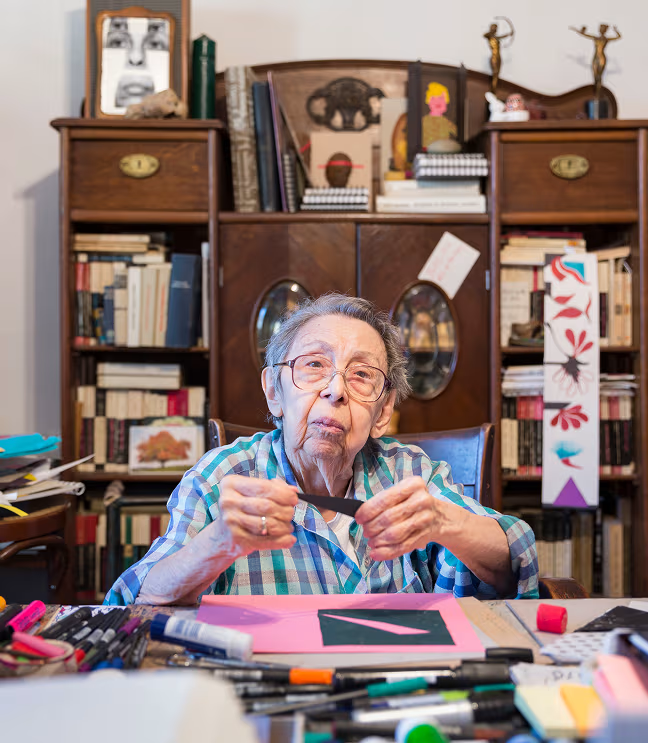
Photo credits: Cătălin Georgescu
The Curator
Sandra
Demetrescu
Biography
With an academic background in both art history and theory and photography and video, she curated exhibitions in museums, galleries and independent spaces across Romania and abroad and contributed in, or co/edited various art publications. Over the years, she has produced, independently or in collaboration, a series of exhibitions with varied themes and stakes, from retrospectives and solo exhibitions to group shows.
Sandra is since 2022 Director of Exhibitions and Programmes at MNAC – The National Museum of Contemporary Art in Bucharest, where she works since 2014. In the frame of the museum’s long-term program of reassessing Romanian art from the past 60 years, she was part of the curatorial teams for complex exhibitions such as “The Ephemerist. A Mihai Olos Retrospective” (2016); “The Prisoners of the Avant-garde.
A Ion Bitzan Retrospective” (2017); “Seeing History –1947–2007. The MNAC Collection” (2018); “The Metamorphoses of Julian. A Iulian Mereuță Retrospective-in-progress” (2019) etc. and she curated solo or group shows such as “New Beginnings. Latests Acquisitions from MOCA Belgrade” (2015), “Remembering Landscape” (2018), “Methods of Building. LilianaMercioiu-Popa” (2020), “Mircea Stănescu. The Illicit Island” (2021, together with Liviana Dan), “Charif Benhelima. Morning Light” (2022), “Adina Mocanu. Being Nina” (2024), “Ioana Nemeș. All Times at Once” (2024-5, together with Dragoș Olea).
Starting with 2016 she activates, together with Dragoș Olea, under the KILOBASE BUCHAREST moniker – a hybrid curatorial unit that explores topics like economics, queer and Bucharest, delving into the depths, intensities and micro-politics of experimental collaborative practices, taking also care of the Ioana Nemeș Archive.
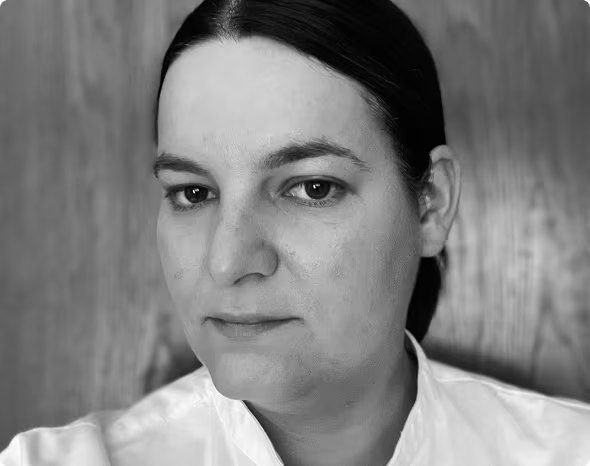
Publications
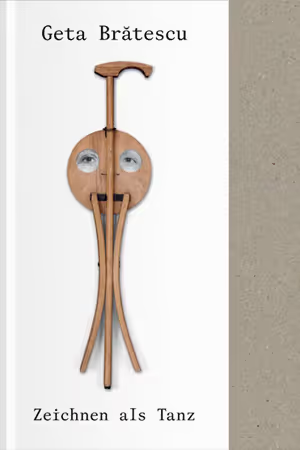
Geta Brătescu: Drawing as a Dance
Published by Kunstmuseum Ravensburg
Texts by Geta Brătescu, Sven Spieker, Diana Ursan, Ute Stuffer
Ravensburg, 2023, 176 pages
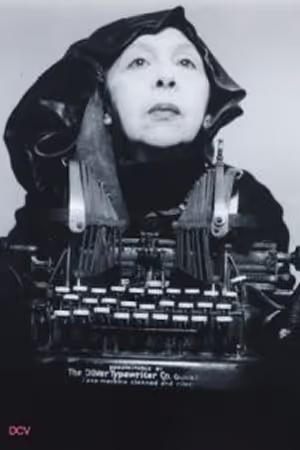
Geta Bratescu:
Film & Video 1977-2018
Published by Snoeck Verlagsgesellschaft
Cologne, 2016
On the occasion of the major retrospective at Hamburger Kunsthalle, Hamburg, April–August 2016
Ravensburg, 2023, 176 pages

Geta Brătescu
Published by Snoeck Verlagsgesellschaft
Cologne, 2016
On the occasion of the major retrospective at Hamburger Kunsthalle, Hamburg, April–August 2016
Ravensburg, 2023, 176 pages
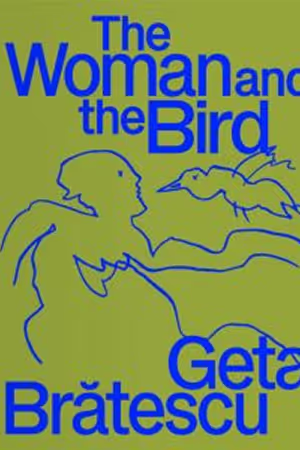
Geta Brătescu:
The Woman and the Bird
Published by Verlag für moderne Kunst
Texts by Ion Grigorescu, Ileana Pintilie, Rainald Schumacher, Diana Ursan
Linz, 2022, 144 pages
Artworks from
Public & Private
Collections
Special thanks to
MNAC (The National Museum of Contemporary Art)
Ovidiu Șandor Collection
Mihai Pop Collection
Geanina & Tudor Grecu Collection
Răzvan Bănescu Collection
Marian Ivan Collection
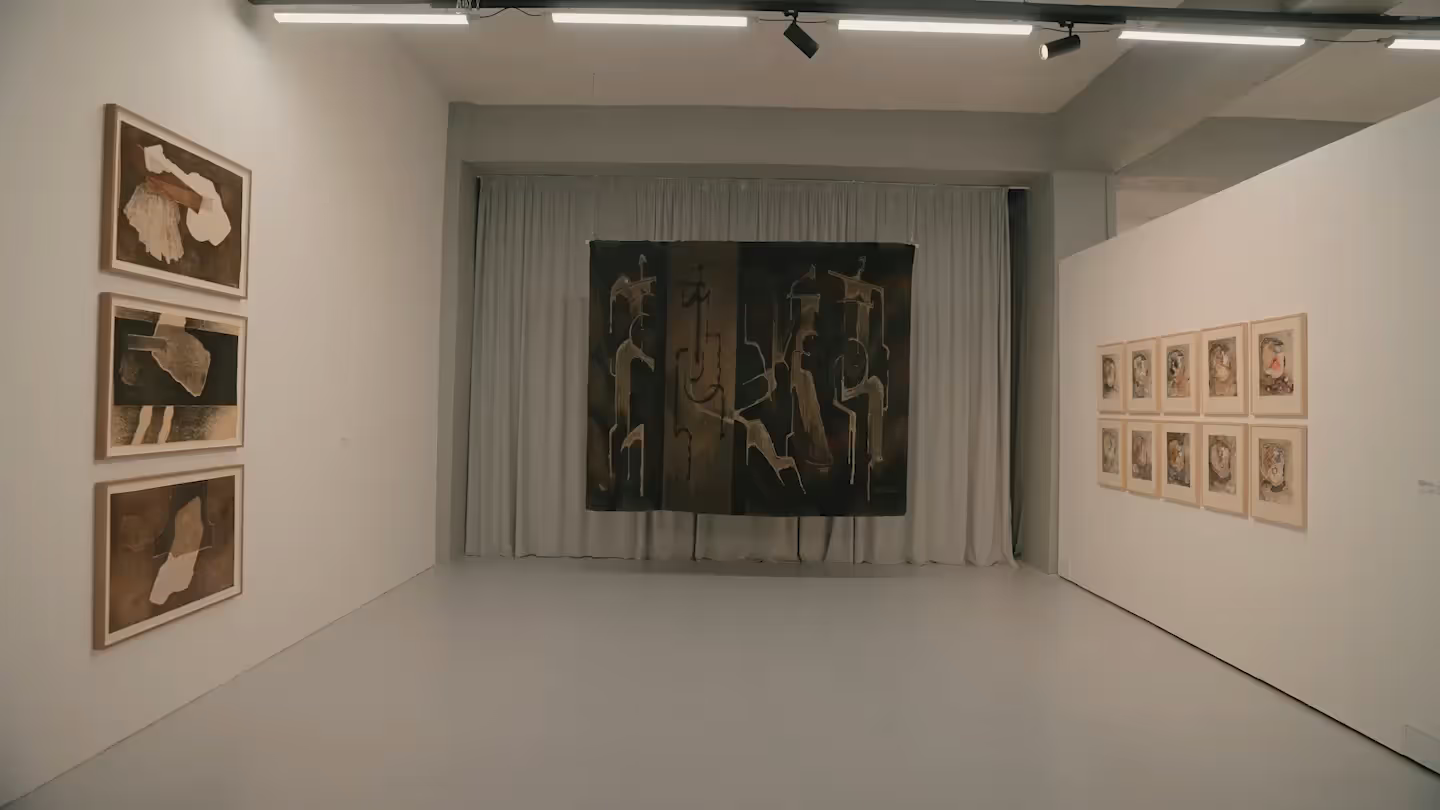
The experience
art supporters
Main Partner

Supported by



Supported by

The Location


Schedule
Saturday - 10:00 - 20:00
Sunday - 10:00 - 18:00
Address
Str. Duetului 54
Bucharest, Romania
Free access
Register here
You will receive the QR access code by sms and email. For security reasons all persons must be registered and all bags will be checked.